Peekskill Presbyterian Church
Introduction
Text-to-speech Audio
The congregation of the Peekskill Presbyterian Church dates back to 1846, at that time Peekskill was the fastest-growing community in the town of Cortland. The first sanctuary built in 1799 was quickly outgrown and torn down. The new building was placed in the same location and completed in 1846 and was twice the size of the original. The design of the church is adapted from Christopher Wren's 17th-century designs with Greek Revival details.
Images
Peekskill Presbyterian Church
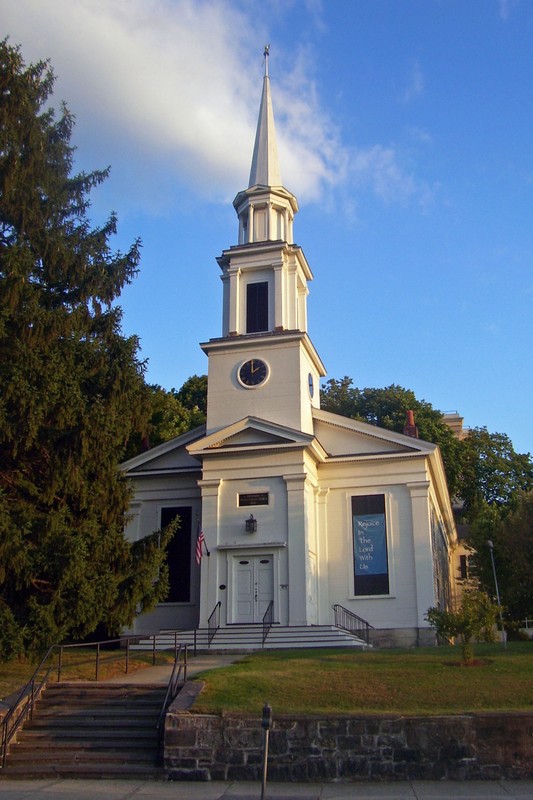
Peekskill Presbyterian Church: Exterior of church, facing north
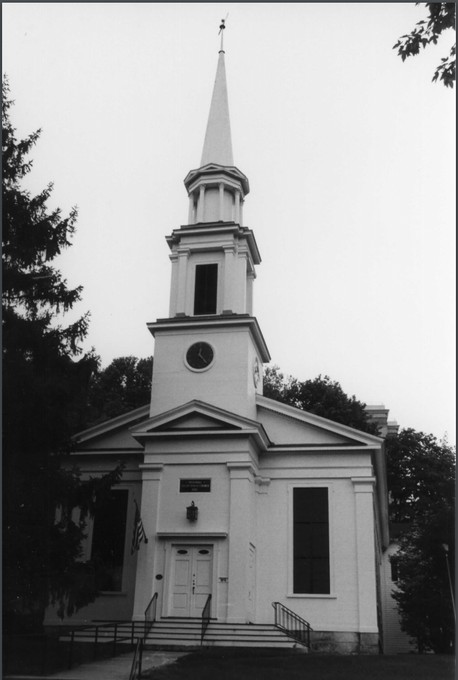
Peekskill Presbyterian Church: Interior of church, facing east into chancel
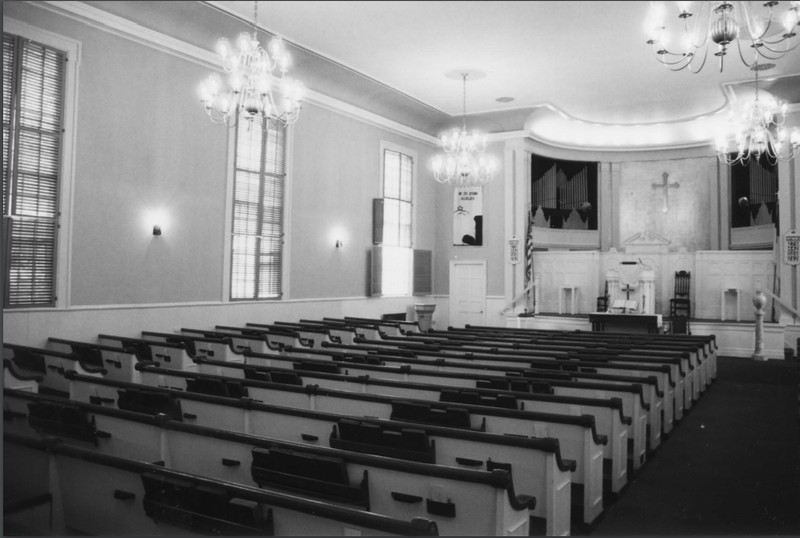
Peekskill Presbyterian Church: Interior of church, nave, facing northwest, showing original chapel
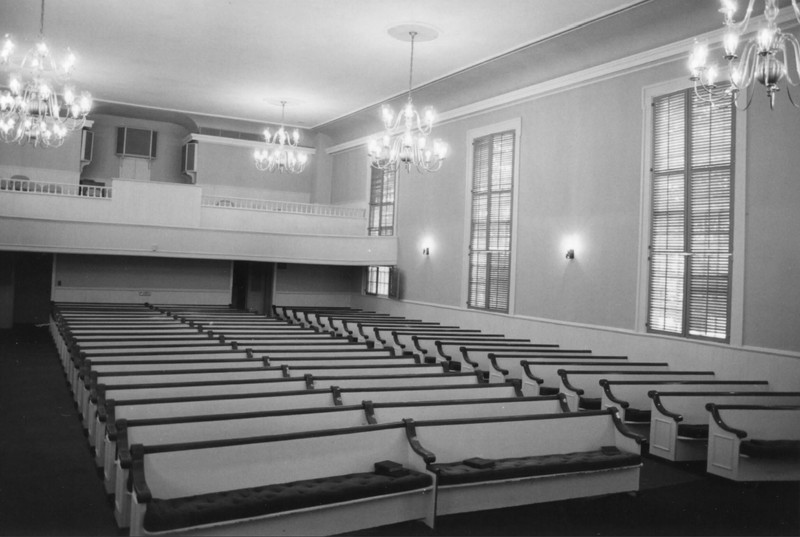
Peekskill Presbyterian Church: Exterior of church, facing east
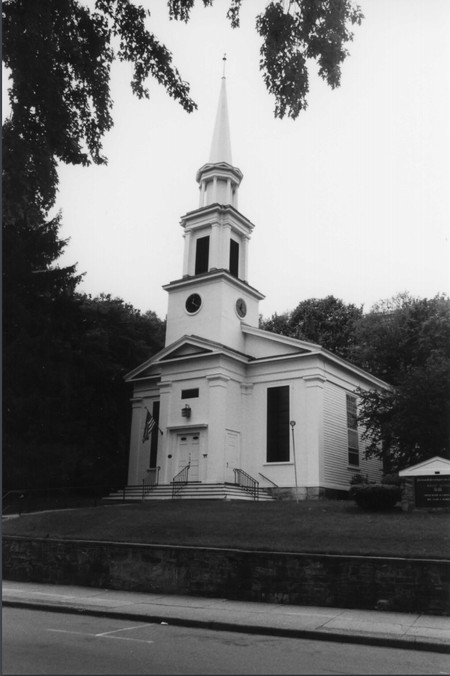
Backstory and Context
Text-to-speech Audio
The church was built on the present site on a piece of land given by Nathaniel Brown in 1799, and as the years progressed, other people began to donate adjoining properties. In 1846 the building was torn down and the structure was replaced with a building twice the size of the original.
The style the church was in the Greek Revival style based on the design books of Christopher Wren. This classical style was popular in the United States during the 1830s through the 1860s. Americans were inspired by the Greeks and Romans which led to many buildings, churches, and banks constructed in this style. The church reflected a classical Greek Temple with its tower, gable roof, pilasters, and columns.
A significant part of the church is the “town clock” that was placed in its tower in 1846. Despite many attempts clock was not operative; its present electronic clock was installed in 1968 with a cost of $3,200.
In 1858, an extension was added to the church in the rear. It consisted of a study room used for Sunday school lectures and a small chapel. When the Sunday school began growing, it was also expanded. This Peekskill church has had many improvements throughout the years but has maintained its architectural integrity.
An important part of the church's history was the part women played in its organizion in 1841. Women were responsible for the growth of many congregations but the Peekskill church was one of the first in the Presbytery to elect women as elders.
For approximately 80 years, the church had two congregations consisting of the old and new Presbyterian sects. A formal document was signed on June 20, 1920, by the trustees of the church confirming their unification.
Cite This Entry
Davis, Barbara, Mia Melo on behalf of Westchester County Historical Society, and Clio Admin. "Peekskill Presbyterian Church." Clio: Your Guide to History. September 11, 2022. Accessed April 11, 2025. https://theclio.com/entry/119764
Sources
1.Greek Revival Style 1830s, National Parks Service. Accessed November 18th 2020. https://www.nps.gov/articles/greek-revival-architecture.htm.
2.National Register of Historic Places Register Form, Peekskill Presbyterian Church, October 11, 2002, Westchester County Historical Society Archive, Accessed November 18, 2020.
3.Williams, Gray. Picturing Our Past: National Register Sites in Westchester County. Elmsford, New York. Westchester Historical County Historical Society , 2003.
https://en.wikipedia.org/wiki/Peekskill_Presbyterian_Church#/media/File:Peekskill_Presbyterian_Church.jpg
Kathy Ceretta, Peekskill, NY 2002
Kathy Ceretta, Peekskill, NY 2002
Kathy Ceretta, Peekskill, NY 2002
Kathy Ceretta, Peekskill, NY 2002

